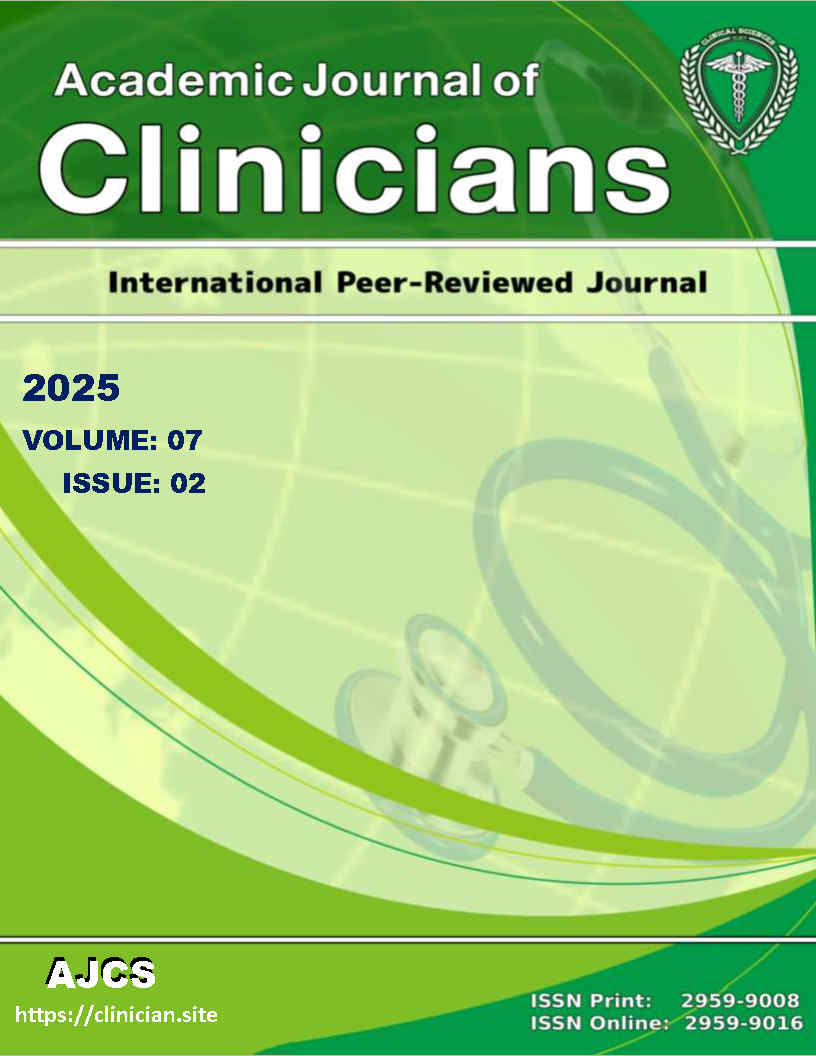Intravenous Anesthesia for Sedation in liposuction Procedures
Keywords:
Diabetic Neuropathy, Sub-clinical, DiagnosisAbstract
Currently, the International Society of Aesthetic Plastic Surgery reports that Cosmetic surgeries have increasing worldwide and the most common procedure globally is liposuction, followed by breast augmentation, eyelid surgery and abdominoplasty. Its increase is attributed, among other reasons, to the fact that these interventions are carried out more safely and are classified as minimally invasive procedures, allowing some to be performed even with local anesthesia, which reduces both their costs and fear in patients. Medical responsibility and its professionalization require recognizing that, in most cases of plastic surgery, there is infiltration of the surgical area; however, a binding anesthetic procedure must be considered, such as sedation with total intravenous anesthesia, which facilitates work in the corresponding area, while evaluating the particularities of each patient in specific cases. Thus, while the surgeon is infiltrating the local anesthetic into the surgical field, the reduction of drug concentrations and doses in total intravenous anesthesia is facilitated, as well as maintaining said concentration at the lower limit of the therapeutic range, achieving awakenings that resemble the physiological and minimizing side effects. To identify the outcomes of sedation with total intravenous anesthesia using Target Controlled Infusion technology in patients undergoing gluteal liposuction and lipotransfer procedures. MATERIAL AND METHODS: Observational, descriptive, cross-sectional, retrospective study. OUTCOMES: Data analysis is carried out on 30 patients who have undergone gluteal liposuction and lipotransfer procedures. The mean age was 38±9 years. 86.7% (26) are women and 13.3% (4) are men. The mean weight was 65 kilograms, with a standard deviation of 10 kilograms, and the height was 163 ± 9 cm. The propofol dose was administered by target controlled infusion using the Schinder model. The total administered dose was 1172.9±486.2 mg, with an average administration time of 272.20±52.6 min. Dexmedetomidine infusion was performed by manual programming, with an average dose of 84.12 mcg ± 24.56 mcg and a duration of 248.53 ± 53.77 minutes. The total dose of fentanyl administered by infusion with the Shafer model was 515.33±121.85 mcg, with an administration time of 243.20±70.45 min. None of the patients experienced complications during the immediate postoperative period or at the time of hospital discharge. In conclusion a predominance of the female sex in gluteal lipotransfer procedures, with an average age of 38 years. Despite the use of different doses of the drugs depending on the type of procedure, they were used within the average range for sedation. The use of target-type infusion control technology allows for the evaluation of its safety in daily practice, especially in procedures requiring sedation.





